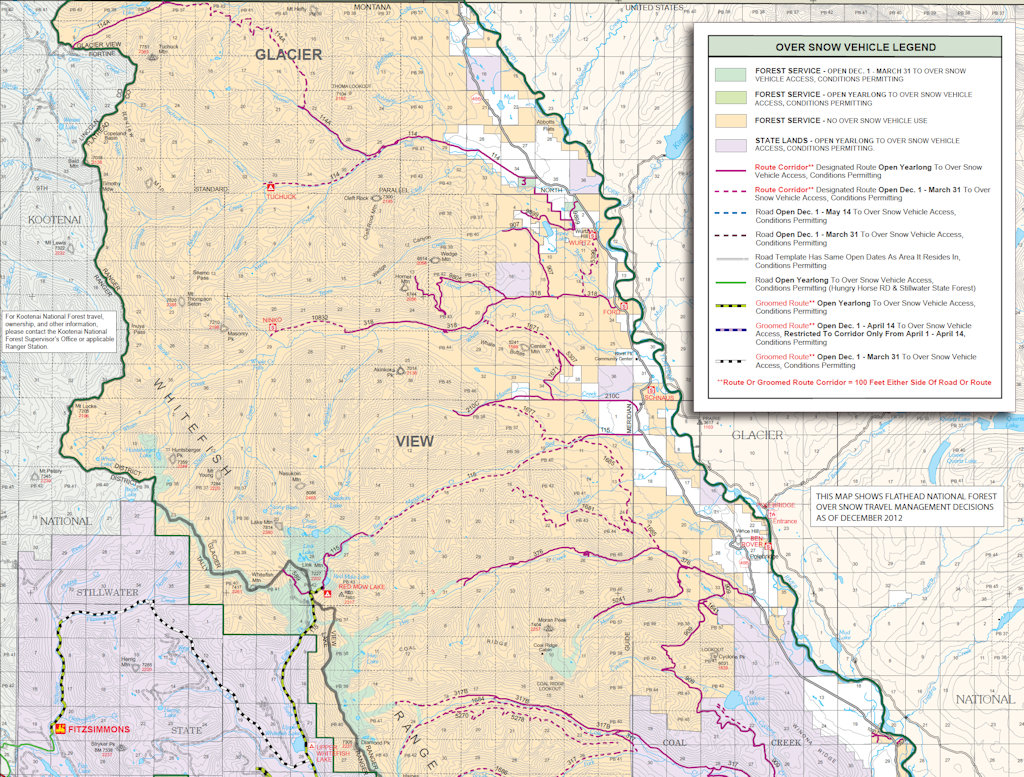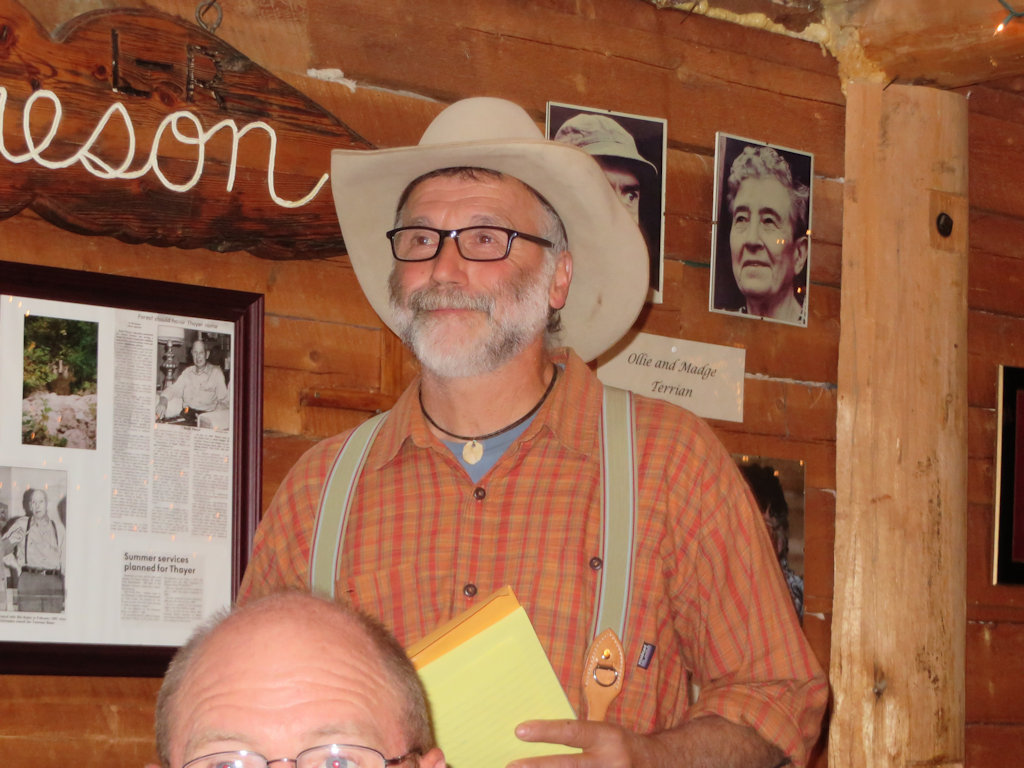A very timely missive from Carol “Kelly” Edwards, a longtime NFPA member . . .
To the Flathead Forest and Watershed Planners,
My plea, as a local resident and land owner in the Flathead watershed area is that you protect, increase, and safeguard wilderness within your management area. By wilderness, I mean strongly regulated, pristine wilderness. Walk in only. At your own risk. No motors. No machines. No logging. No mining. No drilling. Just the creatures that live there naturally, in the forests that grow there, with water sources running free and clean, accessible only to those who are willing to enter those places on those terms.
Over the last 200+ years on this continent we have taken everything we could get from the natural world in trade for economic growth. Well, as the song goes… “…This is the end, my friend.” At this point it is either work to save the little bit of it that remains, or just dig it up, chop it down, pollute the rest of it.
Somewhere along the way we have to open our eyes, look around and realize that we’re in trouble if we continue the way we’ve done before. Sustainable is not just a nonsense word that radicals throw around. It means something that can be continued……like life on earth, for example.
I think we’d all like that, and it’s time that people in your position, with your responsibility to the environment, helped us out in that direction.
Sincerely,
Carol Edwards
10641 North Fork Rd.
Polebridge, MT 59928

